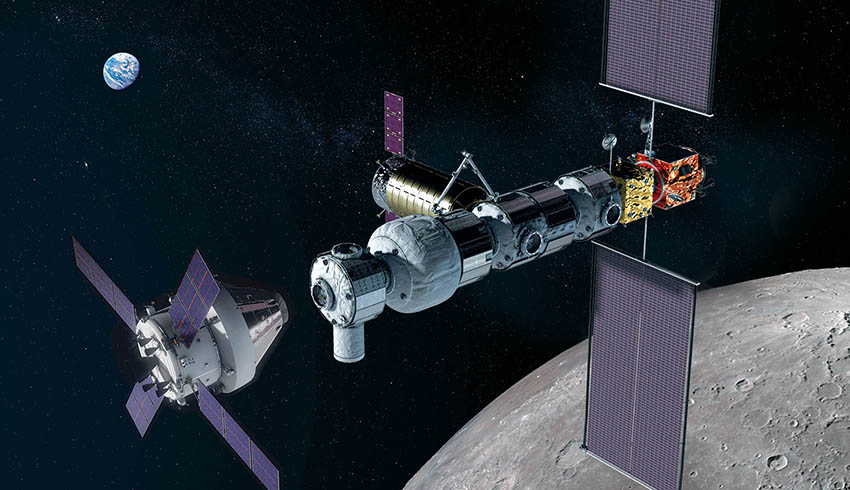In 2004, Bush declared it was time for America to take the next steps, outlining a detailed plan – complete the International Space Station, retire the space shuttle, land probes on the moon by 2008 and develop a new spacecraft with the first crewed flights by 2014.
“Our third goal is to return to the moon by 2020, as the launching point for missions beyond,” he said.
All this was termed Constellation and much of it actually occurred. The development of the Orion spacecraft, which will take humans back to the moon by 2024 started in this period.
However, for various reasons, the priorities shifted away from a return to the moon.
New president Barack Obama eliminated the Constellation program in favour of additional use of the ISS, more use of commercial launches and a crewed mission to an asteroid.
What did occur was the first of the Constellation objectives – the launch of NASA’S Lunar Reconnaissance Orbiter (LRO), which blasted off from Cape Canaveral on 18 June 2009 and was placed in orbit around the moon.
LRO had a planned life of a year for its primary exploration mission, to survey for suitable landing sites for crewed missions, and two years for its science mission.
It’s been there ever since surveying the moon and producing a vast amount of data.
That information is proving extremely useful for planning of the crewed moon landing, planned for 2024.
Noah Petro, NASA LRO project scientist, told Space.com there was a renewed interest in LRO.
"LRO was envisioned as this necessary precursor mission to say, well, where are we going to go, and where are the safe landing sites on the moon,” he said.
Petro said there was a realisation that the moon was actually woefully understudied.
"It makes us all stand up a little straighter and sharpen our pencils and make sure that we continue to do the right thing,” he said.
LRO carried a suite of sensors intended for exploration. For example, it flagged flat areas that could be landing sites and also areas that never fell into shadow where solar panels could be located.

